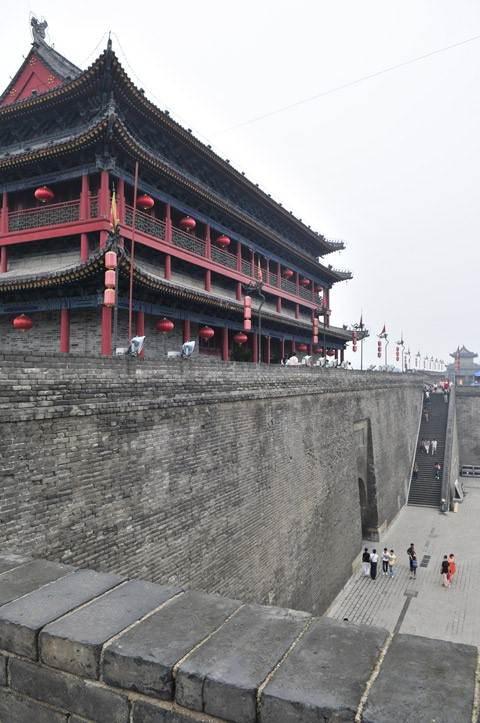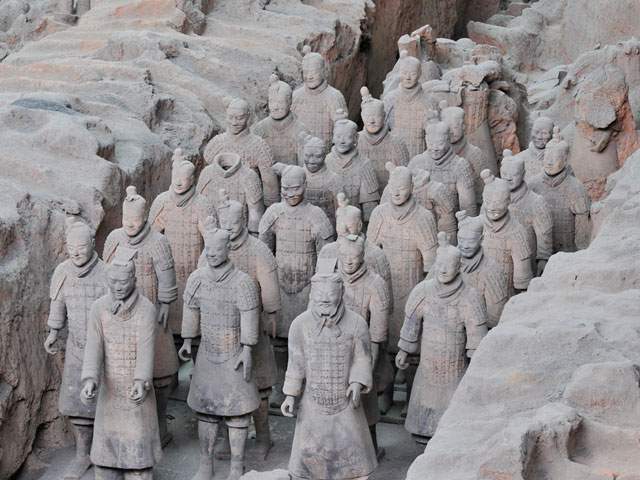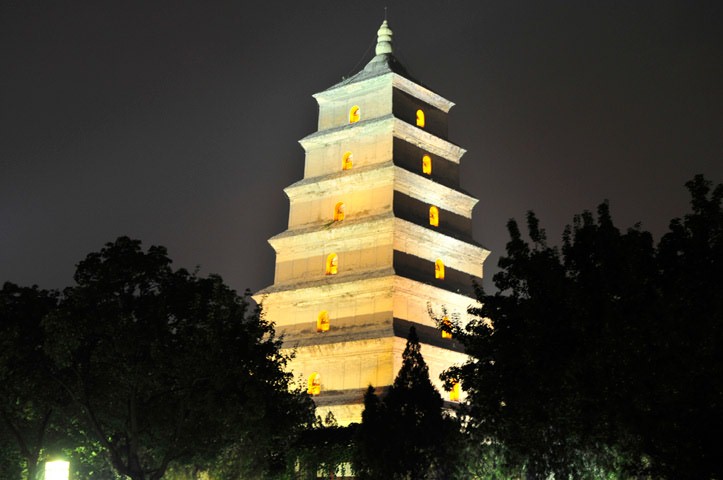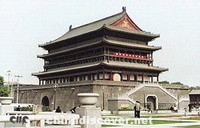Dang Village
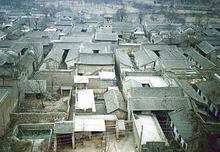
Dang Village was known as "the small Hancheng", its courtyard dwellings (Siheyuan) are considered to be the most representative of the residential courtyards in Hancheng. The village is the largest, oldest and best preserved ancient stockade village ever excavated in Shaanxi.
Situated about 9 kilometers northeast of Hancheng, Dang Village is about 1.5 kilometers west of No.108 National Highway, and 3.5 kilometers from the Yellow River. The village is mainly composed of people with surnames Dang and Jia. It is named Dang Village because people of surname Dang lived here earlier. The village has 320 families and over 1,400 villagers. Built in 1331, the village reached its prosperity in the Ming and Qing Dynasties (1368-1911).
Charles, professor of the Institute of Architects in Britain once said that the oriental architectural culture lies in China, while Chinese traditional residential architectural culture lies in Hancheng. And Japanese Doctor Qingmu Zhengfu praised Dang Village as the living fossil of the oriental people's traditional ancient village.
Siheyuan
Siheyuan, a courtyard house, is a typical representative of Hancheng's traditional house building in Dangjia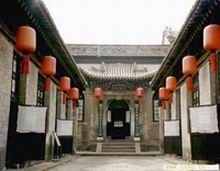 Village.
Village.
The most interesting part about Siheyuan in Dang Village is the gate leading into the courtyard. The entrance gate is usually set right or left of the gatehouse, and sometimes on a parados (an intercepting mound, traditionally used for military purposes). The wealthy families, however, often built a large impressive gate in place of the gatehouse, commonly known as "Horse Passing Door", by the sides of which mounting-horse stones, tethering stake and rings of all kinds can still be found. Lots of visitor here have been puzzled with these rings, not knowing they are for tying down the horses. In one household, the owner, who must have been a wealthy layman and dreamed of being an official every day, built on the top of the gate a sedan-like attic, so that every time he passed the door, he would have the feeling of an official.
Another important thing about the Siheyuan is the horizontal board placed above the gate upon a courtyard's completion, which is also a traditional Hancheng custom. Prior to entering the courtyard, one should look at the board. Some inscriptions, like "Jin Shi (palace graduate)" or "Shi Jin Shi (palace graduate for generations)" shows the owner's political status or official rank, while others, such as "loyalty and tolerance" and "amiability begets riches", represents the nobility and morality of the owner, who might have also used such words as mottoes of life.
Activity in Dang Village
The village with the Culture and Art Exhibition Room, and some other tourist acctions are also opened to the visitors. Each year, some folk-custom activities, such as weaving and spinning are performed in the village's tourist spot.
